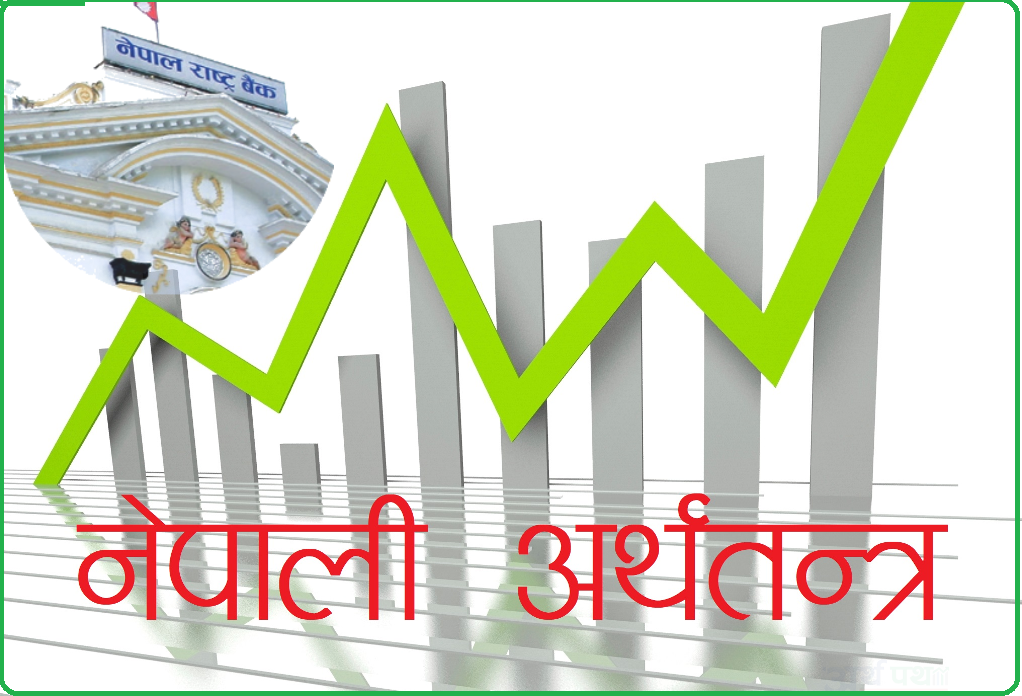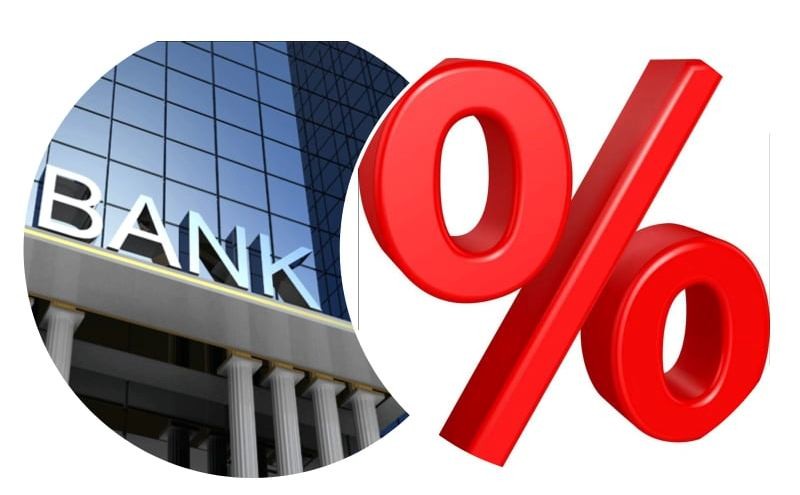Nepalese economic indicators are becoming positive : Remittance increased by 23 percent
Jan Fri 2023 04:39:01
756 views

Kathmandu. There are signs of improvement in the Nepalese economy. Recently, the economic indicators are becoming positive. Some indicators of the country's economy have become positive due to restrictions and restrictions on imports.
The statistics of the current economic situation of the country for the five months of the current fiscal year 2079/80 published by the Nepal Rastra Bank also show that the Nepali economy is focused on improving.
By the end of November of the current year, there has been a positive improvement in the indicators such as increase in remittances, increase in foreign exchange reserves, and current account balance.
Foreign exchange reserves increased by 6 percent and reached close to 13 trillion
Post-research position in savings of Rs.45 billion 87 crores
Remittance increased by 23 percent
Import and export decreased by 20.7 percent and 34.6 percent respectively
The total goods trade deficit decreased by 18.8 percent
The government incurred a loss of 1 trillion 8 billion
Foreign exchange reserves increased by 6 percent and reached close to 13 trillion
Foreign exchange reserves have reached about 13 trillion. In the five months of the current fiscal year 2079/80, the foreign reserves have reached 12 trillion 92 billion 56 million rupees. Foreign reserves increased by 6.3 percent compared to the end of last June. The statistics of the current economic situation of the country published by the Nepal Rastra Bank on Friday showed this. According to Rashtra Bank, foreign reserves were equal to 12 trillion 15 billion 80 rupees till the end of last June.
Such reserves in US dollars have increased by only 3 percent in five months. By the end of November of the current year, such a reserve has been maintained at 9.82 billion. According to Rashtra Bank, it was 9.54 billion at the end of last June. During that period, out of the total foreign exchange reserves, Nepal Rastra Bank has more than 11 trillion. Reserves in the National Bank increased by 7.8 percent in five months compared to the end of last June. By the end of November, this reserve has increased to 11 trillion 39 billion 22 billion rupees. By the end of last June, it was 10 trillion 56 billion 39 billion rupees.
Similarly, foreign exchange reserves with banks and financial institutions (except Nepal Rastra Bank) decreased by 3.8 percent. During that period, such reserves have been maintained at 1 trillion 53 billion 34 billion rupees. By the end of last June, it was 1 trillion 59 billion 41 crore rupees. The share of Indian currency in the total foreign exchange reserves is 22.9 percent. Taking the import of five months of the financial year 2079-80 as the basis, it seems that the foreign exchange reserve with the banking sector will be enough to support 10 months of goods import and 8.7 months of goods and services import. At the end of November, the ratios of foreign exchange reserves to gross domestic product, total imports, and broad money supply were 26.6 percent, 72.6 percent, and 23.0 percent, respectively. At the end of last June, these ratios were 25.1 percent, 57.8 percent and 22.1 percent respectively.
Post-research position in savings of Rs.45 billion 87 crores
In the five months of the current year, the balance sheet is in surplus by 45 billion 87 million rupees. During the same period of the previous year, the balance sheet was at a loss of 195.1 billion rupees. In the same period of the previous year in US dollars, the balance sheet was at a loss of 1.64 billion, but during the review period, it was in a surplus of 346.8 million.
During the review period, the current account is in deficit by 37 billion 91 million rupees. During the same period of the previous year, this account was in a loss of 298 billion 51 crore rupees. In US dollars, the current account which was in deficit of 2.51 billion in the same period of the previous year, has been in a deficit of 297.2 million during the review period. During that period, capital transfer decreased by 25.3 percent and remained at 3 billion 47 million rupees, while net foreign direct investment reached 600 million 49 million rupees.
Remittance increased by 23 percent
There has been an increase in remittances in five months of the current financial year. By the end of November of the current year, remittances have increased by 23 percent.
According to Rashtra Bank, the remittance inflow increased by 23 percent during that period to 4 trillion 80 billion 500 million rupees. In the same period last year, remittance inflow decreased by 6.3 percent. Till November of the current year, the inflow of remittances in US dollars increased by 13.1 percent and reached 3.71 billion rupees.
In the previous year, such flow decreased by 6.8 percent. During that period, net transfer increased by 21.6 percent and reached 5 trillion 30 billion 6 million rupees. In the same period of the previous year, such transfer decreased by 5.3 percent.
Import and export decreased by 20.7 percent and 34.6 percent respectively
In the five months of the current year, the total export of goods decreased by 34.6 percent to 67 billion 30 million. During the same period of the previous year, such exports had increased by 105.6 percent. Depending on the destination, exports to India and China have decreased by 43.7 percent and 35.9 percent respectively, while exports to other countries have increased by 7.1 percent.
On the objective basis, exports of zinc seats, particle boards, woolen carpets, cardamom, tea and other goods have increased, while exports of soybean oil, palm oil, cotton, clothes, gold and silver goods and jewelery have decreased. In the five months of the current year, the total import of goods decreased by 20.7 percent and remained at 664 billion 75 million rupees.
During the same period of the previous year, such imports increased by 59.5 percent. Depending on the country from which goods are imported, imports from India, China and other countries have decreased by 20.0 percent, 22.6 percent and 21.4 percent respectively. On the objective basis, the import of petroleum products, sponge iron, gold, chemical fertilizers, spare parts of airplanes has increased, while the import of vehicles and spare parts, MS Willet, silver, medicine, raw soybean oil, etc. has decreased.







